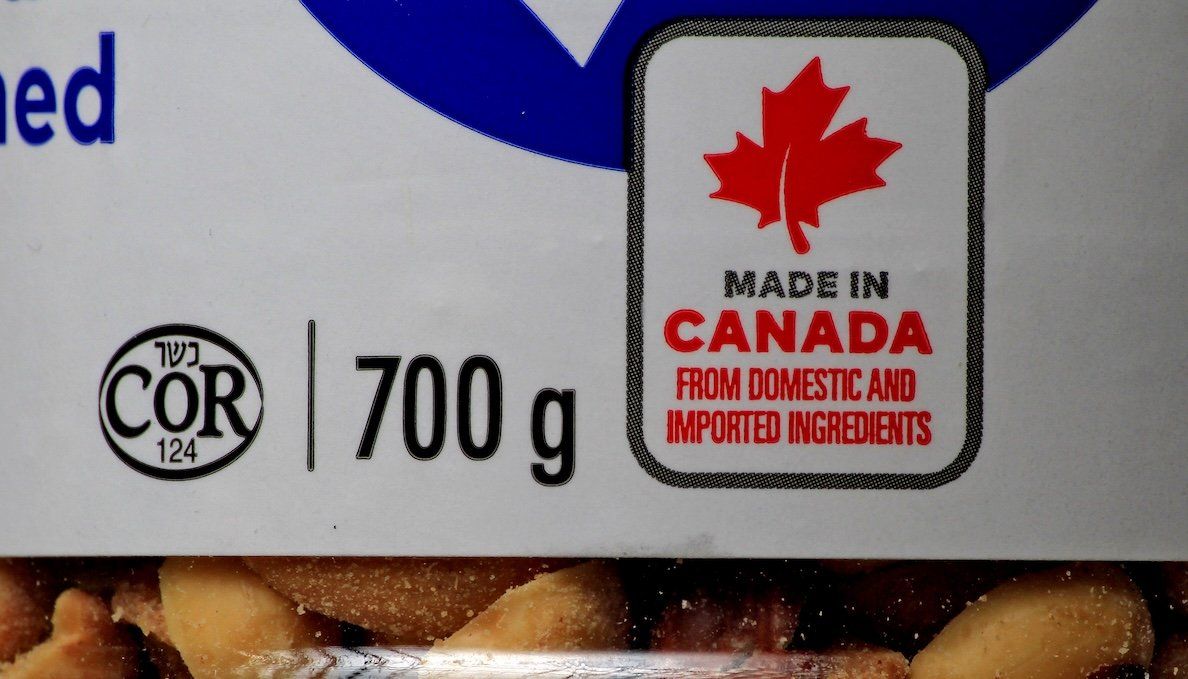After a short break, President Donald Trumpannounced Thursday that tariffs for Canada and Mexico are back on for March 4, along with an additional 10% tariff for China. That’s the plan as of right now, but things could change, as we’ve seen in recent days. On Wednesday, Donald Trump postponed across-the-board 25% tariffs on Canada and Mexico until April 2. That pause came shortly after Trump said the tariffs were, in fact, going ahead on March 4 – and after he paused them for 30 days last month. The White House also said steel and aluminum tariffs are still planned for March 12, as well as retaliatory tariffs in early April. Is that clear ... as mud?
The on-again-off-again tariffs are driving politicians in Canada and industry on both sides of the US-Canada border mad. The market hates uncertainty, and Trump’s tariff plans and contradictory statements are leaving policymakers and the business community wondering what exactly he has planned for the long term.
Commerce Secretary Howard Lutnick did offer some clarity on Trump’s tariff goals, saying that Canada and Mexico might be able to avoid duties if they can convince the administration they’ve done “an excellent job” on border security, but it’s anyone’s guess whether a) that’s true and b) what qualifies as an “excellent job.” Besides, any clarity ought to be taken with a grain of salt, given that Trump has also suggested tariffs are a means to balance US trade deficits, to force Canada to spend more on defense, to crush the country economically — and to bring it further under US control as the 51st state.